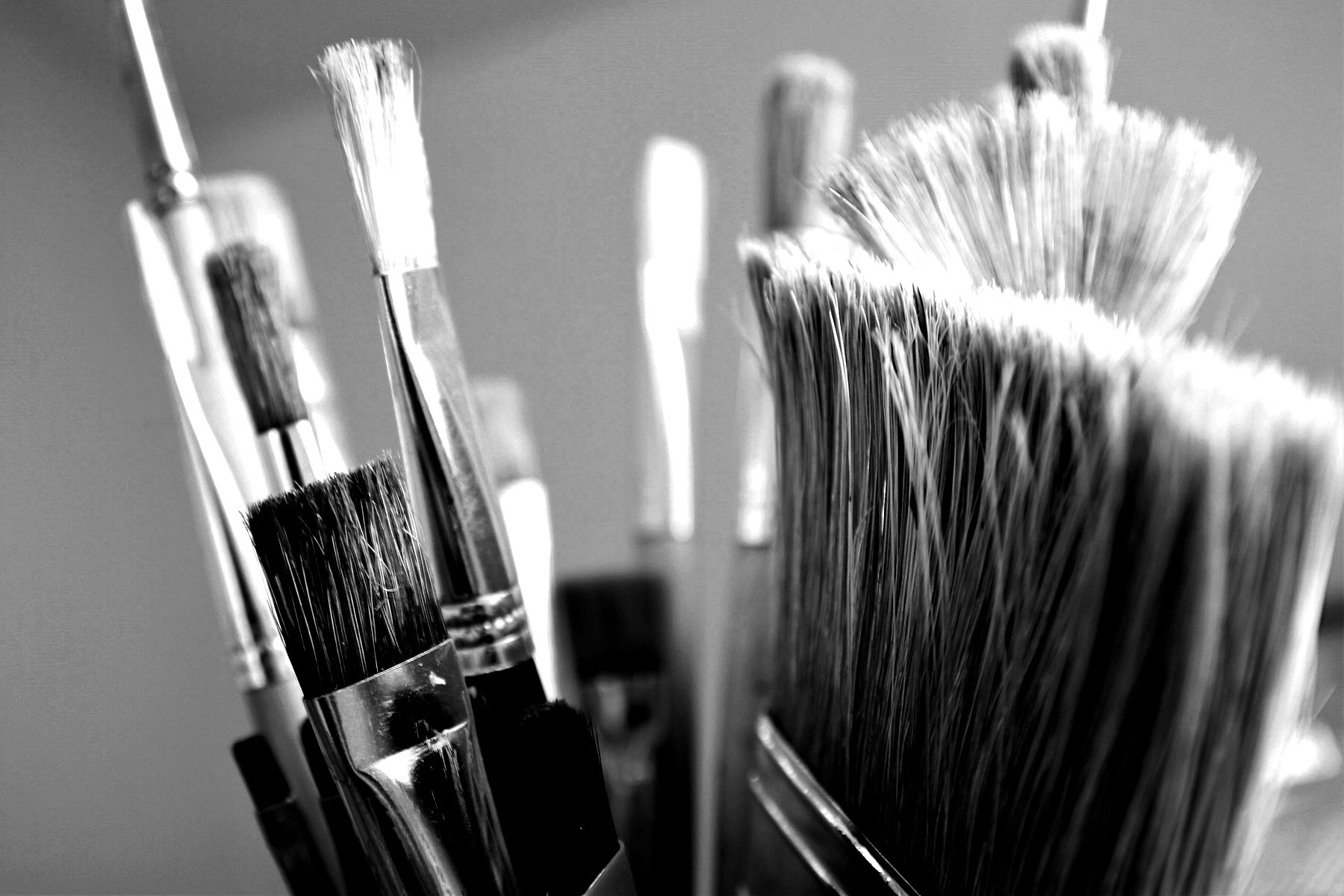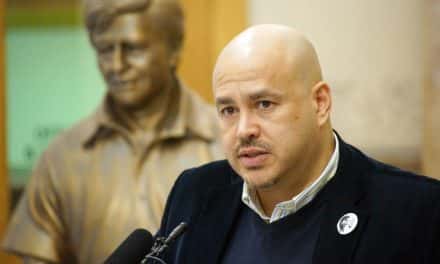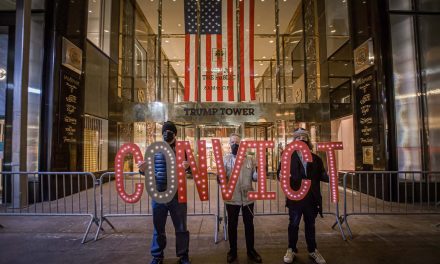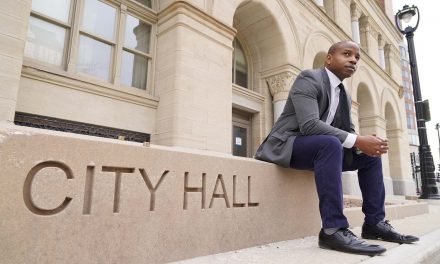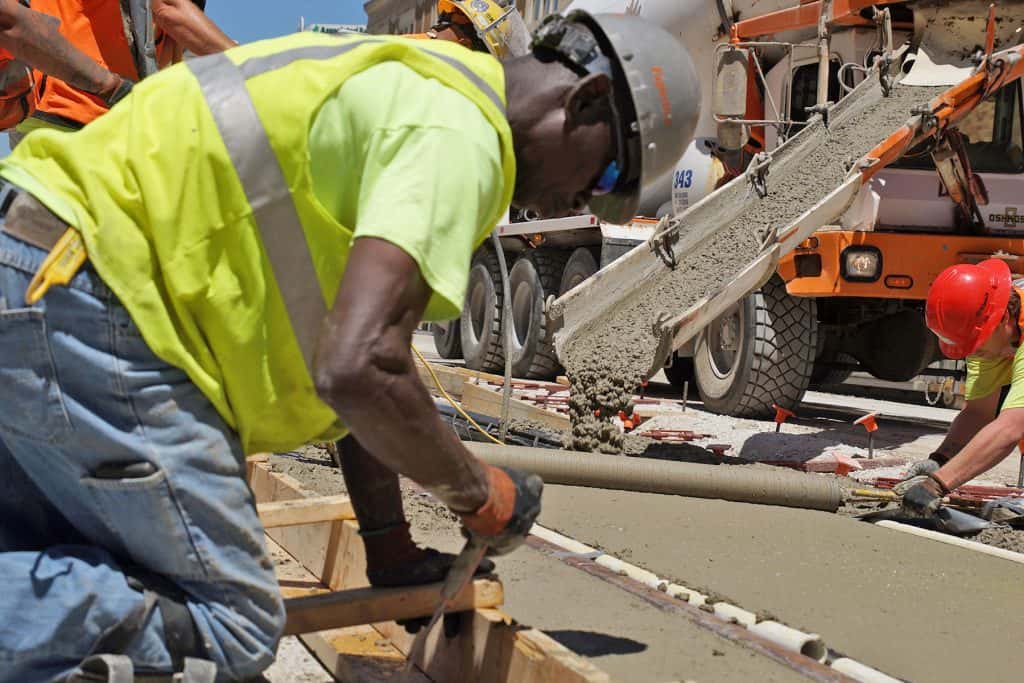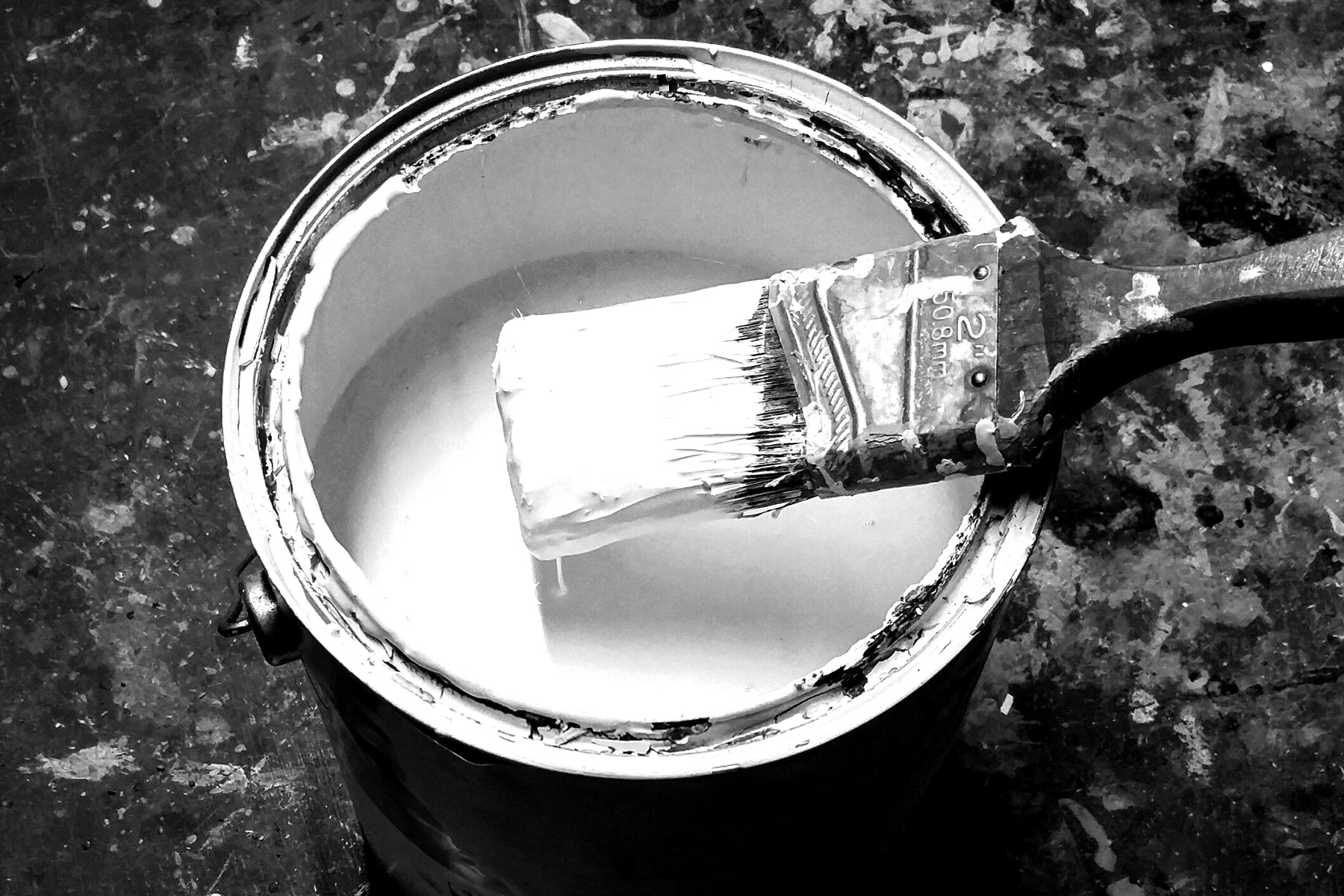
I have never kiIIed a Black man, but far too many times I have been asked about crime in Milwaukee’s “inner city.”
I was blessed to be raised in a two parent home, yet my insight on the “broken” Black family has been sought on countless occasions by numerous individuals.
And while I never played a moment in the NFL, former coworkers have asked me why Colin Kaepernick would take a knee “against police,” but not speak out against the violence committed by African American men.
Whether naive, misinformed, intentional, or misguided, myself and millions of other people of color are often painted with the same brush. We are asked to represent, explain, demystify, prove otherwise, and play the role of tour guide for someone’s ten minute safari into understanding racism, economic inequality, or the overall experience of “the other.” A safari where tourists choose to never leave the safety of their car and wrongly assume that one click of the shutter captures the whole story.
That has been my experience as an African-American man. Assumptions are made, and we are asked to disprove erroneous beliefs, while also unknowingly conveying the reassurance that we do not represent that which they fear or do not understand. All as they drag the brush over us, with a sense of entitled approval of the questions that are about to come. But unbeknownst to many White Americans, that same brush is coming their way.
It is a brush dipped in the archaic beliefs of race based and ideological allegiance. A brush that causes a passing glance at similarities between the “average White person” and those in power to elicit an assumption that they must understand why the rest of “White America” behaves as it does. The silence of “White America” is causing them to be increasingly lumped into the minority of their own who hate and, by association alone, thrown in with the haphazard but determined architects of this new America. The brush is now being pulled across everyone in our country with equal impartiality.
Without much fanfare, and at times without justification, White Americans are increasingly being painted with the same brush. But the momentum has only been strengthened by what has been witnessed and allowed. As our country sinks further every day, as we observe routines that go unchanged, lives lived in a status quo, to the morally informed and those who have witnessed it before, the message is one of acceptance.
In 140 characters or less, Dr. Martin Luther King, Jr. summed it up best, “In the end, we will remember not the words of our enemies, but the silence of our friends.”
They will assume that “White America” was okay with it and until proven otherwise think, “You saw what was coming and you did nothing. You did nothing when he lied. You did nothing when he normalized White Supremacy. You did nothing when he joked about sexual assault. You did nothing when he pillaged the coffers. And you did nothing when you knew he was treasonous.” And the “you” will not be reserved solely for those in congress or the senate, or even those who voted for him, but it will cast upon anyone who “looks like” they voted for him.
Around the world and to many in the United States, White America is being painted with the same brush. But for those who have been deservedly painted with that brush, their too-late contrition and rationalizations will sound hauntingly familiar. Their words, borrowed from never forgotten trials of the past, echo through voices confessing their inaction as if the hollow attempt would bring forgiveness.
“We were just doing what we were told.”
“We didn’t know it was that bad.”
“There was nothing I could do.”
Acknowledging that the brush is moving across our country is not an indictment, nor is it fair. It is just human nature.
So when someone approaches you for their ten minute safari into moral tourism how will you respond? As a White American what will you say now that you know that one picture or one explanation will not tell the whole story.
The questions are coming and they are long overdue. Even if you have never uttered a racist word, one day you may be asked to provide understanding into the vile hatred and violence that is growing across our country and committed by a handful of White Americans.
If you are blessed to live in a community where there is inclusivity and an open embrace of diversity, your insights on why some White Americans despise Muslims, or commit hate crimes against the LGBTQ community, may be sought on countless occasions. And even if you did not vote for Donald Trump, your coworkers may ask why you would be appalled by the sexual assaults perpetrated by media moguls, but not those same acts committed by the President of the United States.
They will ask you these questions not based on who you are, or what you know, but rather what you represent to them. As a culture of indifference to this emerging moral dystopia takes root, many Americans and global citizens overseas will look at “White America” as if they are all painted with the same brush of bigotry, misogyny, and corruption that leads the nation.
They may ask where you stand as a covert way to seek reassurance about something they no longer fear, but still seek to understand. They will wait and hope for an answer that confirms that you are one of the “good ones.” Until proven otherwise they may just walk away, look at you with mistrust and doubt because of what they feel you represent, what they assume you have become.
This is not fair nor is it right. But it is human nature.
It is the same brush. Only this time a different color.

